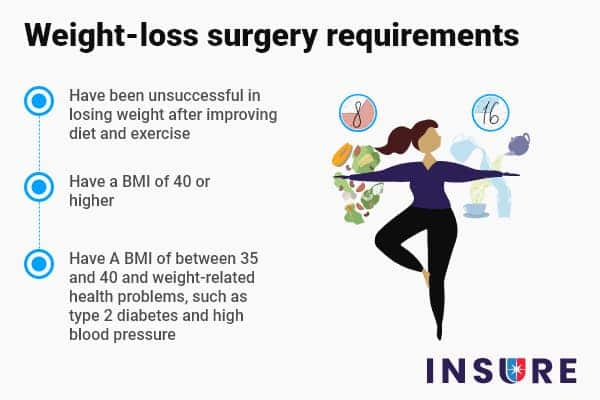
Weight loss is possible through both cardio and strength training. Cardio exercises can increase metabolism and reduce calories. Strength training, on the other hand, helps to burn fat and maintain muscle mass. To reap the greatest benefits from both types of exercise, it is best to combine them. Continue reading to discover the many benefits of strength training for weight reduction. You may be surprised by the results of both types.
Exercises that combine multiple exercises speed up muscle growth and fat reduction
Complex exercises can help increase muscle growth, fat burning, and improve your strength training to aid weight loss. Many of these exercises target multiple muscle group simultaneously. You'll notice faster results if these exercises are done correctly. You can use compound exercises to increase your results.

Resistance training raises post-exercise Oxygen consumption
Resting is a big part of the body's energy expenditure. This REE can be boosted to promote weight control and good health. Resistance training is now included in guidelines for weight loss and fitness. This type of exercise increases postexercise oxygen consumption (EPOC), and it also increases muscle mass over the long-term. It has many benefits, including weight loss and better overall wellbeing.
Strength training improves posture
Bad posture can have a negative impact on your overall health. Poor posture also impacts your mental state. Research published in Health Psychology showed that those who are able to maintain a good posture have higher self-esteem and lower levels of fear. They also experience better mood. When you do strength training, you strengthen the muscles that help you get up from a slouched place. These include the lower and middle back muscles, shoulder external rotations, and neck extensors. These exercises also strengthen your core and glutes as well as your back muscles.
It improves metabolism
Strength training increases metabolism. When you lift weights, your heart rate goes up, and your body requires more fuel to function. Muscle has a high metabolism rate and can burn calories and fat even while at rest. Your body's metabolism is elevated during intense weight training. This can continue for hours after you stop working out. This phenomenon is known as excess post-exercise oxygen intake (EPOC).

It burns calories
Weight training and weight lifting have two advantages: building lean muscles and reducing body weight. Lean muscle is extremely metabolic and burns a lot more calories than any other kind of tissue. Strength training also stimulates EPOC, or excess post-exercise oxygen consumption. This process continues for up to 38 hours after your workout. Strength training, unlike cardio, continues to burn calories long after you have finished your workout.
FAQ
What is the best exercise for weight loss?
The amount of exercise needed for weight loss depends on several factors, including age, gender, body type, and how much you weigh. Most people require at most 30 minutes of moderate physical activity five times per week.
The American College of Sports Medicine recommends 150 minute of moderate-intensity aerobic activities per week. These should be done over three days.
You can lose 10 pounds by doing 300 minutes of moderate-intensity exercises each week, for example. This includes activities like jogging or running, swimming laps and biking.
Consider doing 20 minutes of vigorous exercise thrice a week if you are just starting out. That could include activities like lifting weights, sprints, jumping rope, or fast walking.
Aerobic exercise is a great way to burn calories and build muscle mass. Muscle burns a lot more calories than fat. Building muscle and losing weight can help you reach your goals faster.
What can I eat in the morning while intermittently fasting
Drink water before you go to bed at night. This helps you feel fuller quicker and gives you energy for the rest of your day. For more flavor, add lemon juice and cucumber slices.
Are there any side effects of intermittent fasting?
Intermittent fasting doesn't have any known side effect. Some minor issues might occur if you do not plan your meals properly.
You might feel irritable if you skip breakfast. Headaches, dizziness, fatigue and muscle cramps are all possible.
These symptoms are usually gone within a few days.
Statistics
- A 12-week study in 20 women with obesity found that walking for 50–70 minutes 3 times per week reduced body fat and waist circumference by an average of 1.5% and 1.1 inches (2.8 cm), respectively (healthline.com)
- According to Harvard Health, it's estimated that a 155-pound (70-kg) person burns roughly 112 calories per 30 minutes of weight training (5). (healthline.com)
- It's estimated that half of all American adults attempt to lose weight every year (1Trusted (healthline.com)
- One 6-month study showed that simply doing 11 minutes of strength-based exercises 3 times per week resulted in a 7.4% increase in metabolic rate, on average. (healthline.com)
External Links
How To
How to lose weight by exercising
The best way to lose weight is through exercise. Many people don’t know how exercise should be done. Cardio exercises should include running, biking, swimming, walking, etc. and strength training exercises like lifting weights, pulling-ups or pushing ups, squats and lunges. Combining both of these exercises will help you lose weight the most. Find friends who are open to joining you on your exercise journey. You have two options: you can join a gym or just walk around your neighborhood. You need to keep doing the same thing no matter what kind of activity. It is easy to lose track of your workouts when you first begin. Don't despair if things don't go as planned. Just keep at it!